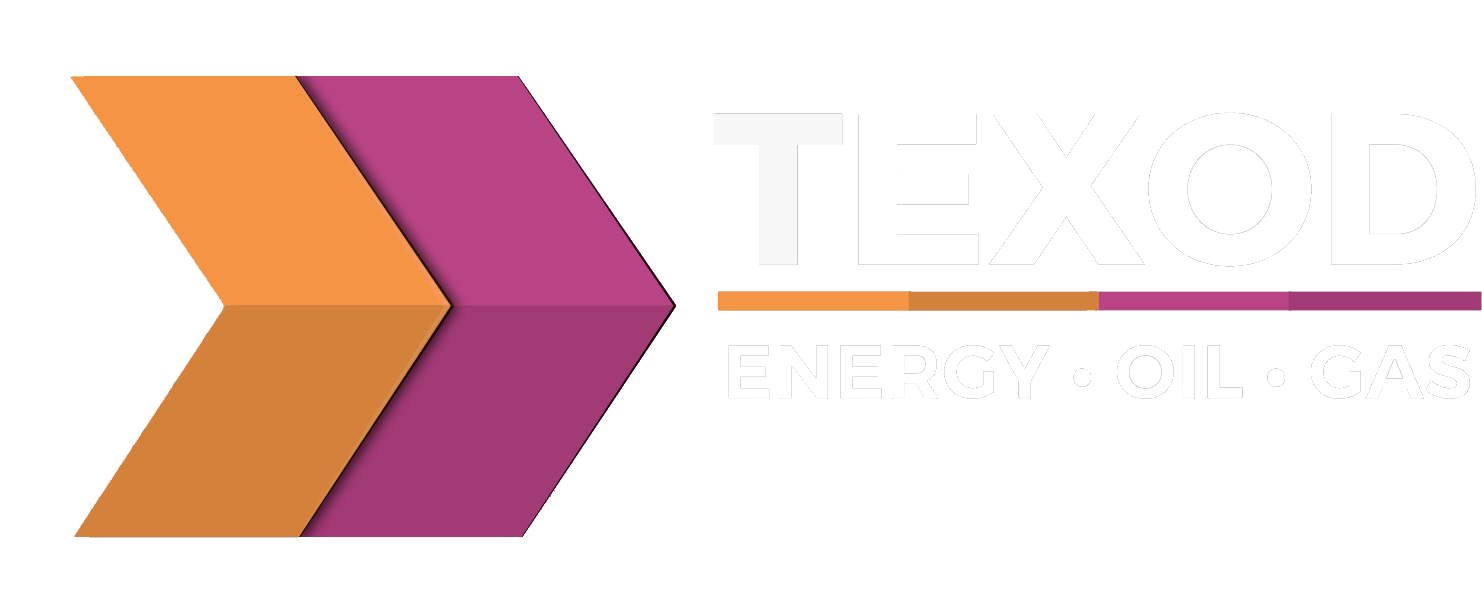Benchmark oils are used as references when pricing oils. There are approximately 161 different benchmark oils, of which the main three West Texas Intermediate, Brent Crude, and Dubai Crude. Crude oil is the most actively traded commodity and is bought and sold in “contracts.” A contract trades in units of 1,000 barrels of oil and benchmarks help to determine the price of a barrel of oil in a contract.
West Texas Intermediate
WTI is probably the most famous of the bench mark oils. It is a light, sweet crude with an API gravity of 39.6 degrees. That gives it a specific gravity of 0.827, which means that at 60 degrees Fahrenheit, WTI is only 8/10 as heavy as water. It contains 0.24% sulfur and is refined in the Midwest. It comes from the Southwestern United States
Brent Crude
Brent Crude, named after a goose, comes from the North Sea. It is a light, sweet crude with an API gravity of 38.06 and a specific gravity of 0.835, making it slightly “heavier” than West Texas Intermediate. The sulfur content is 0.37%. The price of Brent Crude is used to set prices for roughly 2/3 of the world’s oil. It is mostly refined in Northwest Europe and is also called Brent Blend, London Brent, and Brent petroleum. The Brent field is located in the East Shetland Basin, halfway between Scotland and Norway.
Dubai Crude
Dubai Crude is light and sour, with an API gravity of 31 degrees and a specific gravity of 0.871. Its sulfur content is 2%, making it 6 times more sour than Brent Crude and 8 times more sour than West Texas Intermediate. It is generally used for pricing oil that comes from the Persian Gulf. Dubai Crude is also known as Fateh. Its importance comes not only from its quality, but also from the fact that it was the only freely traded oil from the Middle East until recently.
OPEC Reference Basket (ORB)
This is not a specific crude, but rather is a weighted average of petroleum that comes from OPEC countries. There are currently 11 different oils combined into the ORB. It averages an API gravity, with the present combination, of 32.7 degrees and has a sulfur content of 1.77%. It was recently changed to reflect the average quality of crude oil in OPEC Member Countries. The change decreased the API and increased the sulfur content of the basket.
Minas
Minas oil is also referred to as Sumatran Light and comes from the island of Sumatra. It is a light, sweet crude. The API gravity is approximately 35 and the specific gravity is 0.8498. It has a sulfur content of only 0.08%. It is produced at a rate of approximately 420,000 barrels per day.
Tapis
Tapis is often referred to as the “World’s Costliest Oil” and comes from a single field in Malaysia. Its value comes from the fact that WTI and Brent Crude are difficult and expensive to export to Asia and because it is of extremely high quality. Tapis has an API gravity of 45.2 degrees and a sulfur content of 0.0343%. These are exceptional numbers, indicating that Tapis is very light and very sweet. Unfortunately, output from the Tapis field has been falling steadily since 1998.
Bonny Light
Bonny light comes from Nigeria and is a light, sweet oil. It has an API gravity of 32.9 and a sulfur content of 0.16%
Isthmus-34 Light
This is a sour crude with and API gravity of 33.74 degrees and a sulfur content of 1.45%. It is produced in Mexico. Though Mexico is not a part of OPEC, this oil was once part of the OPEC Reference Basket. It was removed in from the ORB when it was changed in 2005.

